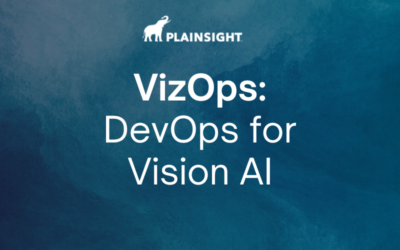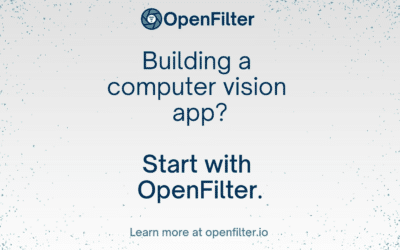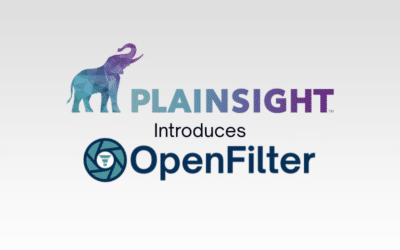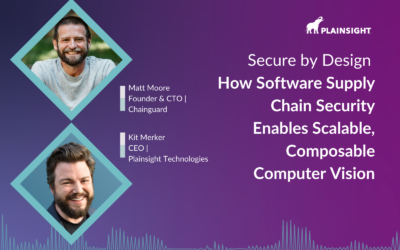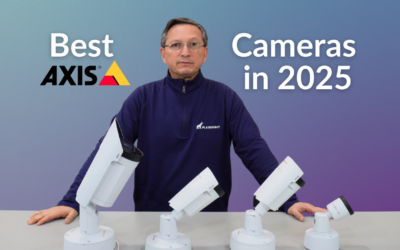Plainsight Blog
Learn more about how to focus on your vision.
VizOps: DevOps for Vision AI
Vision AI is transforming how industries, from livestock management to manufacturing, solve complex problems. Yet, deploying vision AI models effectively and efficiently remains a major challenge. However, according to Insight Editor, nearly 90% of AI vision projects...
OpenFilter: Democratizing Access to Computer Vision
Building computer vision apps shouldn’t require a PhD. That’s why we built OpenFilter, an open-source framework for vision that is composable and transparent from day one. Plainsight incubated OpenFilter and launched it on May 21, 2025, at the Embedded Vision Summit....
Plainsight Introduces Open Source OpenFilter for Scalable Computer Vision AI
New project enables enterprises to build, deploy, and manage vision AI pipelines with modular, reusable components SANTA CLARA, Calif.--(BUSINESS WIRE)--(Embedded Vision Summit, booth #518)-- Plainsight, the leader in automated infrastructure for data-centric AI...
From Demo to Deployment: Why Plainsight Joined the Edge AI & Vision Alliance
At Plainsight, we believe that computer vision shouldn’t be confined to siloed pilot projects—it should be a powerful, scalable tool driving real impact in your field. That’s why we’ve joined the Edge AI & Vision Alliance and are excited to attend this year’s...
A Need For Speed, Without the Cost: Avassa and Plainsight’s Collaboration
Industrial automation systems are constantly seeking ways to streamline processes, reduce costs, and improve productivity. However, addressing these needs effectively starts with making the right technology choices from the beginning. Despite being the default, legacy...
Google Next 2025 Recap: AI’s Tipping Point, Data Supply Chains, and Enterprise Momentum
What happens in Vegas… gets analyzed in-depth when Kit Merker, CEO of Plainsight, sits down with analyst Marshall Bush, founder of Baleen Research, for a fast-paced debrief on the evolving AI landscape, enterprise adoption, and why data—not just infrastructure—is the...
Secure by Design: How Software Supply Chain Security Enables Scalable, Composable Computer Vision
Rapid advancements in computer vision and artificial intelligence (AI) are transforming industries like retail, healthcare, and security. But scaling AI systems while maintaining integrity requires robust software supply chain security—especially in today’s world of...
Axis Camera Comparison Guide for Your Business’s Security
Choosing the right surveillance camera can be challenging, especially with so many options offering various features like resolution, zoom, and software settings. For security professionals, IT managers, and business owners, understanding these nuances is critical to...

